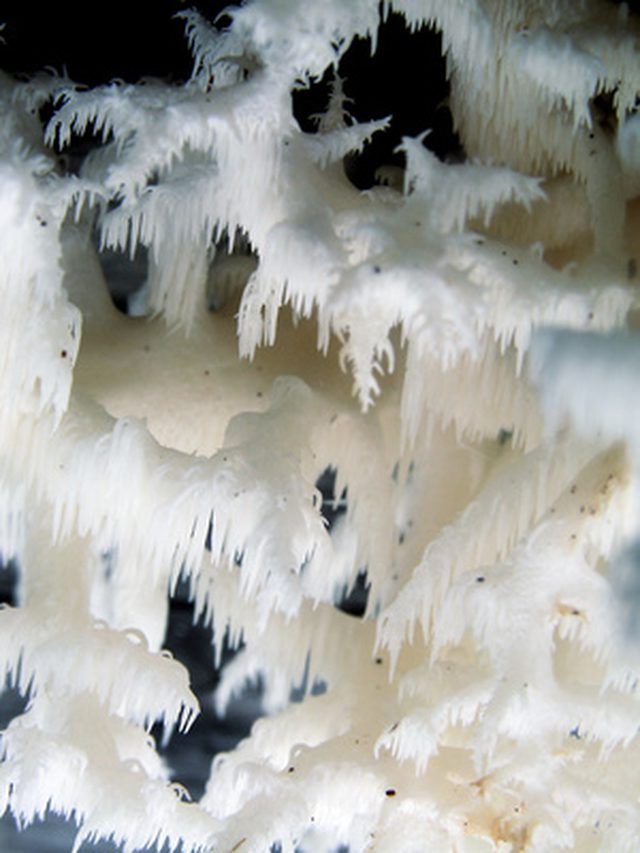Bulbs
Flower Basics
Flower Beds & Specialty Gardens
Flower Garden
Garden Furniture
Garden Gnomes
Garden Seeds
Garden Sheds
Garden Statues
Garden Tools & Supplies
Gardening Basics
Green & Organic
Groundcovers & Vines
Growing Annuals
Growing Basil
Growing Beans
Growing Berries
Growing Blueberries
Growing Cactus
Growing Corn
Growing Cotton
Growing Edibles
Growing Flowers
Growing Garlic
Growing Grapes
Growing Grass
Growing Herbs
Growing Jasmine
Growing Mint
Growing Mushrooms
Orchids
Growing Peanuts
Growing Perennials
Growing Plants
Growing Rosemary
Growing Roses
Growing Strawberries
Growing Sunflowers
Growing Thyme
Growing Tomatoes
Growing Tulips
Growing Vegetables
Herb Basics
Herb Garden
Indoor Growing
Landscaping Basics
Landscaping Patios
Landscaping Plants
Landscaping Shrubs
Landscaping Trees
Landscaping Walks & Pathways
Lawn Basics
Lawn Maintenance
Lawn Mowers
Lawn Ornaments
Lawn Planting
Lawn Tools
Outdoor Growing
Overall Landscape Planning
Pests, Weeds & Problems
Plant Basics
Rock Garden
Rose Garden
Shrubs
Soil
Specialty Gardens
Trees
Vegetable Garden
Yard Maintenance
How to Grow Lion's Mane Mushrooms
How to Grow Lion's Mane Mushrooms. Growing mushrooms can be a time-consuming task, but very rewarding. Hericium americanum, also known as the lion’s mane mushroom, is an edible mushroom that is commonly sought after by chefs because of its strong flavor resemblance to lobster meat. Lion’s mane mushrooms can be identified by their...

Growing mushrooms can be a time-consuming task, but very rewarding. Hericium americanum, also known as the lionís mane mushroom, is an edible mushroom that is commonly sought after by chefs because of its strong flavor resemblance to lobster meat. Lionís mane mushrooms can be identified by their snowy-white, pom-pom-like resemblance hanging from logs and rock faces in very damp locations. By following these few steps, you can grow lionís mane mushrooms in your backyard with a few simple materials.
Things You'll Need
3- to 4-foot-long log
Chain saw
5/16-inch drill bit
Power drill
Mushroom spawn plug(s)
Rubber mallet
Beeswax
Foam craft brush
Cut a log that is between 12 and 16 inches in diameter. You can cut more than one log, depending on the amount of mushrooms you want to grow. Complete this process using your chain saw.
Use your power drill and 5/16-inch drill bit to drill holes into your log(s). Drill the holes between two and four inches in depth and three to five inches apart, and they should be placed in an oval shape. Complete this process as many times as possible on the upward face and sides of the log(s), but not on the bottom, which will be resting against the ground.
Insert the mushroom spawn plug(s) into each of the holes using your rubber mallet. Do not use a regular hammer. The metal hammer could cause damage to the mushroom spawn plugs. You can purchase these mushroom spawn plugs from a garden specialty store or an online mushroom supplier.
Melt the beeswax to a liquid consistency. Using your foam craft brush, brush the melted beeswax over each inserted mushroom spawn plug. This wax coating will protect the mushroom spawn plug(s) from insects, parasites and the weather.
Place the logs that you have prepared with the mushroom spawn plugs and wax coating in a shady, damp area. This will allow the mushrooms to sprout and grow in their natural environment.